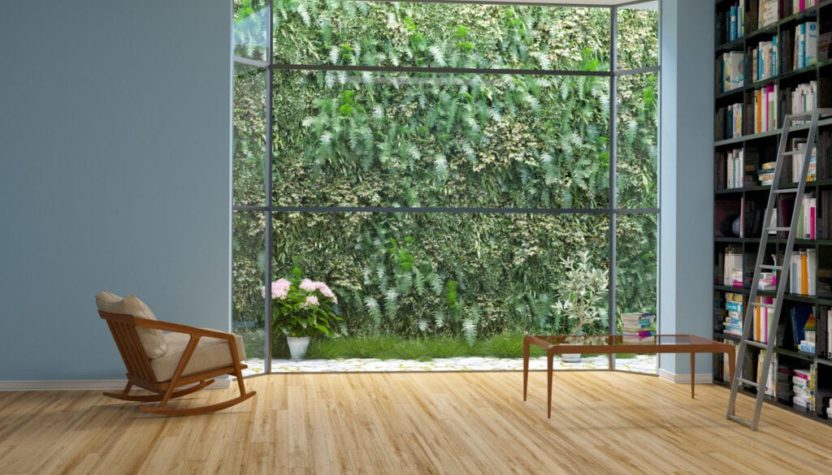Today, you can find a home built with nearly 100% natural materials. Most people also choose eco-friendly building materials and flooring when renovating their homes. And sites like centerforgreenbuilding.com thrive while offering even more products every year.
How do these environmentally friendly options work exactly? The overall goal is to minimize the total environmental impact. Many manufacturers put a high premium on being ecologically responsible. What they mean is that they source safe, responsibly harvested, sustainable materials and flooring products. Yet, this overview still does not explain how everything favors the planet. So, let’s dive a little bit deeper.
The Problem With Toxic Flooring Is That It Is Not Only Bad For The Environment
Without a doubt, installing eco-friendly flooring sounds like the most responsible thing you should do for the environment. But in reality, the chemicals in old flooring products make their eco-friendly counterparts the only sensible choice.
Over time, synthetic flooring flakes and crumbles. As a result, the fine dust and chemicals may trigger an allergic response. Researchers also talk about volatile organic compounds (VOC) and SVOC (semivolatile variants) when referring to the hazardous chemicals that synthetic flooring may release.
Lastly, some types of flooring are just bad for wet areas like the bathroom. So, now you understand why centerforgreenbuilding.com and other sites gained traction by offering products that solved two problems at once.
How Do You Favor The Planet When Buying From Centerforgreenbuilding.com?
Responsible flooring companies partner with associations dedicated to forest protection or planting new trees. For example, centerforgreenbuilding.com offers wood flooring that Tesoro Woods produces. And Tesoro Woods is a certified advocate of sustainable raw material sourcing. Everyone follows certified standards and forest management practices.
Regarding other building materials, some options like wool insulation just have better fire-resistant and moisture control properties. In the winter, wool also absorbs some heat from the sun and keeps it from going away. Coupled with some linoleum alternatives as limestone and wood rosin, you can avoid slippery wet floors and get no VOC or SVOC at the same time. And you have only used biodegradable, natural materials to improve your home.
The Bottom Line
The building materials and flooring you find in sites like centerforgreenbuilding.com belong to a sustainable supply chain. This means that:
- buying certified wood flooring help preserve forests and the surrounding wildlife
- the building materials are biodegradable
- the rugs and carpets are not made by child labor

